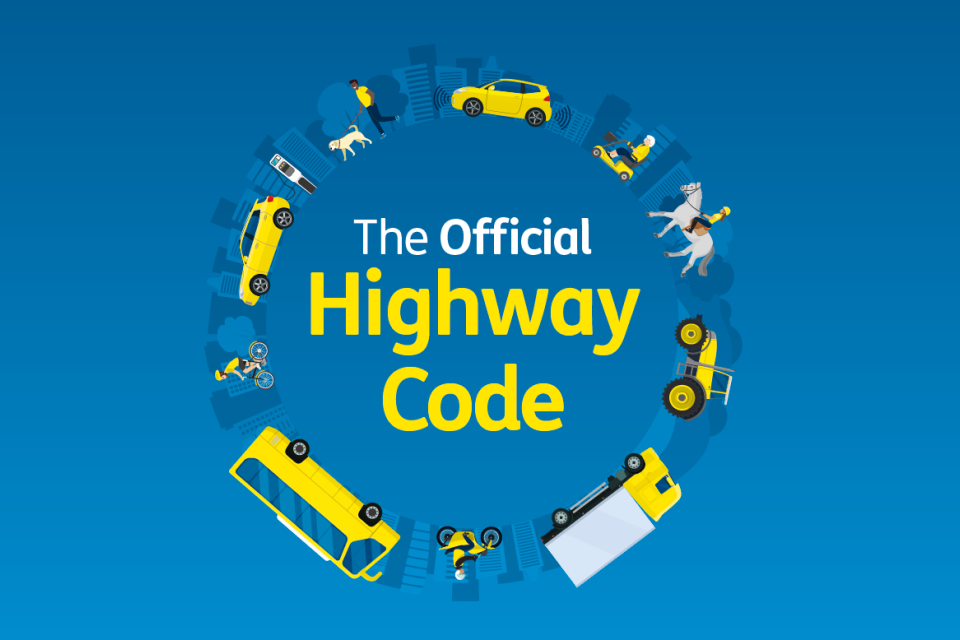The Highway Code has now changed following parliamentary approval of several new rules. Read on for all you need to know.

- Highway code to be updated
- New Hierarchy of Road Users to be introduced
- Puts more responsibility on drivers of larger vehicles
- Pedestrians are given higher priority
Among the changes is a new ‘Hierarchy of Road Users’ that will prioritise vulnerable road users, such as cyclists and pedestrians.
What new rules are being introduced?
There are eight new rules being added to the highway code, with the new hierarchy of road users being the most significant change. This is split up into three rules: H1, H2 and H3.
Rule H1
The first of the new rules in the Hierarchy of Road Users puts more responsibility on the drivers of larger vehicles to look after more vulnerable road users.
The new rule states ‘Those in charge of vehicles that can cause the greatest harm in the event of a collision bear the greatest responsibility to take care and reduce the danger they pose to others.
‘This principle applies most strongly to drivers of large goods and passenger vehicles, vans/minibuses, cars/taxis and motorcycles.”
Rule H1 also says that cyclists and horse riders have a responsibility to look after pedestrians. It also stresses that all road users have responsibility to ensure their own safety, as well as that of others.
Rule H2
Rule H2 is for drivers, motorbike riders, horse riders and cyclists. It states: ‘At a junction you should give way to pedestrians crossing or waiting to cross a road into which or from which you are turning.’
Essentially this means if you are turning into a road and there’s a pedestrian waiting to cross, you should give way to them. Cyclists also have to give way to pedestrians on shared-use cycle tracks.
Rule H3
This next update is aimed at drivers and motorcyclists, it states that ‘You should not cut across cyclists, horse riders or horse drawn vehicles going ahead when you are turning into or out of a junction or changing direction or lane.’
You shouldn’t turn at a junction if doing so would cause a cyclist or horse rider to stop or swerve. Instead, you’re advised to wait for a safe gap before turning in.
What other rules have been introduced?
Several other new rules have been introduced to further clarify when pedestrians have priority on the road. Cyclists are advised to take care when overtaking pedestrians and horses by slowing down and alerting them using their bell.
Cyclists are also now advised to ride in the centre of their lane to make themselves more visible on quiet roads and in slow moving traffic, or on the approach to junctions when it would be unsafe for a vehicle to overtake.
When riding a bicycle on faster moving or busier roads, it is advised that you leave enough space for drivers to overtake when it is safe to do so. The gov.uk website has more information on the new rules.
How is the highway code enforced?
The highway code is being updated to improve road safety for vulnerable road users, but there will be no changes to the law. The rules of the highway code are advisory, meaning a person won’t be prosecuted for not complying with them.
However, the highway code can be used in court to establish liability in the event of an accident under the Road Traffic Act. This includes rules which say ‘should/should not or do/do not.’
If you are found to be at fault in an accident as a result of not complying with the Highway Code, you may face charges in court. It may be prudent to deliver a briefing to all drivers in your organisation and ensure they are updated.
Information provided by OJ Health, Safety and Human Resources.
